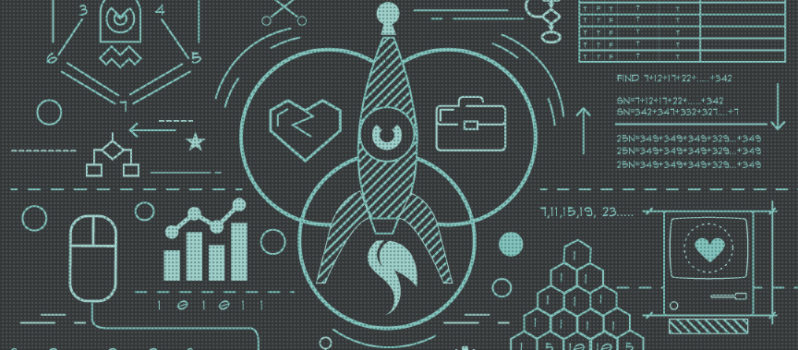Pretty Posts
- FTSE 100 another December Trading Opportunity
- Efficacy of CSS in the Making of a Quality Sales Page
- Exciting developments in smartphone batteries
- Online Marketing with a Twist: 5 Effective Ways of Promoting Your Website to Get More Traffic and Sales
- The Evolution of the Amazing EA Sports FIFA Graphics
It’s been long assumed that machines can’t perform tasks without the guidance of human programming. Machine learning challenges that paradigm, as advances in computer science enable automated systems to learn and evolve independently.
While movies and the media have historically associated machine learning with computers taking over the world, that is not really an accurate representation of reality. In today’s business world, advanced artificial intelligence (AI) has enabled rapid progression in generative design, the Internet of Things (IoT), and robotics.
Below is a look at some of the industries most impacted and ultimately transforming through the impact of machine learning technology.
Real-World Examples of Machine Learning in Action
Machine learning has evolved from beating humans at games of tic-tac-toe and chess to practical applications that help people live better and businesses save money. Below are six examples of modern-day machine learning that benefit everyone:
Public security. Security guards are a constant presence at today’s arenas, stadiums, and airports. However, human screeners can miss security risks while making false assumptions about someone with no ill intent. Machine learning makes it possible to avoid these mistakes and speed up the security process considerably.
Medical and assistive technology. Machine learning has significantly reduced the challenges of people with physical disabilities and senior citizens who have simply slowed down with age. An assistive robot is a device that senses and then processes sensory signals to perform specific actions for people who can no longer complete them on their own. Medical and assistive technology also has predictive abilities, which means it can see health patterns that might lead to a major event in the future.
Fraud detection. With millions of financial transactions taking place online every year, banks and retailers rely on machine learning to catch fraud in the earliest stages. It does this by comparing millions of transactions at once to determine fraudulent transactions from legitimate ones.
Automated language translation. In a global economy, the ability to interact with clients, customers, and co-workers in different countries is more essential than ever. With automated language translation, a person can read text in their own language even though the person typing it did so in a language the receiver doesn’t speak or understand.
Marketing personalization. It’s well-known in the field of advertising that a company has to understand its customers in order to attract and continue selling to them. This is what drives such online actions as a company recommending specific products to a customer based on their buying and browsing history. The recommendations can also show up in the form of an ad when that person is viewing websites that have nothing to do with the original product or service.
Smart cars. Nearly three-quarters of auto executives predict that smart cars will be a common sight on American roads by 2025. Using IoT, smart cars get to know their owners and adjust the environment accordingly. That could be turning the temperature up or down, moving the position of the driver’s seat, identifying and fixing mechanical problems, and even driving by itself.
These are just a handful of examples of how machine learning has impacted everyday life. The future of AI looks even more promising.




Leave a Reply